Moving house in lockdown
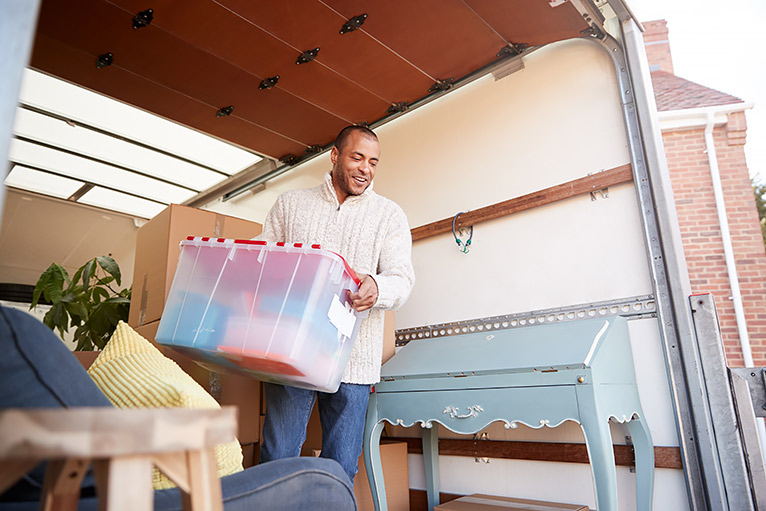
In mid-May, the government said that it’s now okay for home moves in England to go ahead, as long as the right social distancing and hygiene measures are put in place and everyone involved in the moves is well and not self-isolating. If you’re clinically vulnerable and being shielded, then you should consider your own personal situation; you may want to speak to your doctor before deciding whether to go ahead with a move. Some moves can be lower risk – for example if the home’s empty, then you can travel in your own car or van and avoid contact with others.
If you’re thinking about moving house or you already have a move scheduled, and you’re concerned about how coronavirus will affect your plans, or you want to know the best ways to stay safe during the process, we can help. In this article we summarise the latest government guidance on moving house, from viewing properties to the move itself. And, we can help you find the right tradespeople to help at each stage, from removal companies to cleaning services offering deep cleaning.
1. Viewing and showing property during lockdown
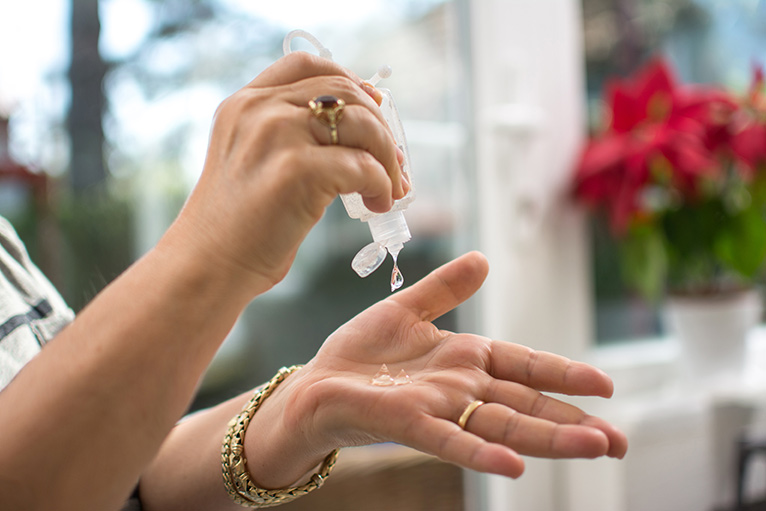
If you’re looking for a new home and/or selling your own during the coronavirus period, here’s everything you need to know:
- Viewings should be done online as much as possible. You can do initial viewings on video calls or by sending video walkthroughs of the property. You should only do a physical viewing if it’s very likely you’ll want to buy.
- If any member of either household (the one being viewed or the visitors’) is showing symptoms of coronavirus or is self-isolating, then you should delay physical viewings.
- Wear a face covering. If you’re infected with COVID-19 but haven’t developed symptoms yet, they may provide some protection for people you come into close contact with. Face coverings aren’t recommended for use by children or people with disabilities or breathing difficulties.
- Follow the usual 2-metre social distancing rules during all home viewings.
- When people are shown around your home by an agent, leave the property if you’re able to do so. The agents should help organise this and you should ask the same of people whose home you’re going to view.
- Make sure visitors have access to handwashing facilities, and paper towels which can be put straight in a bin after they’re used.
- Open all internal doors to save anyone needing to touch them and make sure surfaces, like door handles, are cleaned with household products before and after a viewing.
- When viewing a property, avoid touching any surfaces, wash your hands regularly and take your own hand sanitiser.
- Don’t take children to viewings if you can avoid it. If you have to, take extra care to make sure they don’t touch surfaces and that they wash their hands.
- Physical viewings should only be done by members of the same household, and open house viewings are not allowed.
2. After an offer is accepted

Your solicitor can do the necessary searches online and your surveyor can undertake the normal surveys with no restrictions.
If you need to visit a property again or send in a tradesperson to do an inspection, then:
- Where possible, only one person should visit the property at time.
- No one should enter a property if a member of either household (the one being viewed or the visitor’s) is showing symptoms of coronavirus or is self-isolating.
- During a tradesperson’s visit, the homeowner should stay in another room where possible.
3. Planning a house move in lockdown
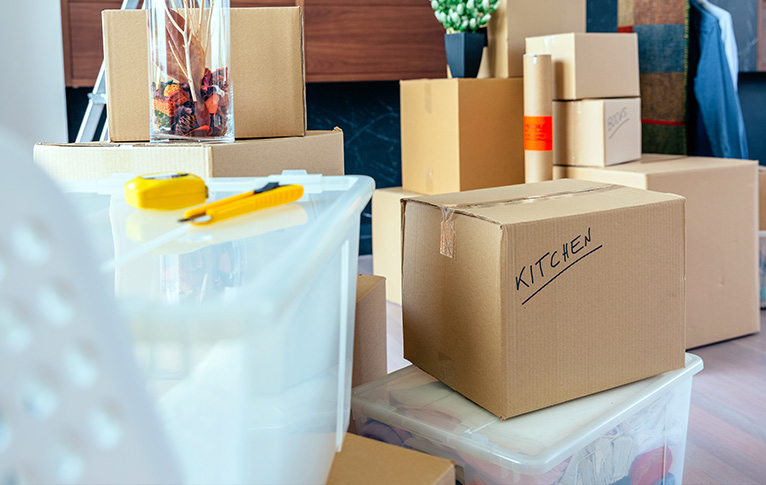
When everything is agreed and you’re ready to plan the day, here’s what to do:
- If anyone in either household has coronavirus or is self-isolating, then neither should move home.
- Once you have a set date to move, you should get booked in with a removal service right away.
- You and your household should try to do as much of the packing as you can yourselves to limit outside contact with your belongings – it’s a good idea to order some house moving boxes online. If this isn’t possible, make sure you tell the removal company, so they know what to expect.
- The property you’re leaving, and your new home, should be deep cleaned and disinfected. You can read more in our deep cleaning article.
- Once you’ve agreed the move by exchanging contracts (or signing a tenancy agreement) then you’ve entered a legal agreement to move. However, all parties should be as flexible as possible and happy to delay if needed. Your solicitor should help make sure that any contracts or agreements are as flexible as possible.
- People who are shielding or are otherwise clinically vulnerable should be aware of the government medical advice. They should ideally avoid moving home but if they want to go ahead, then they should avoid contact with others, not take part in the move itself and let the removal company know in advance so that they can take extra precautions.
4. On your moving day
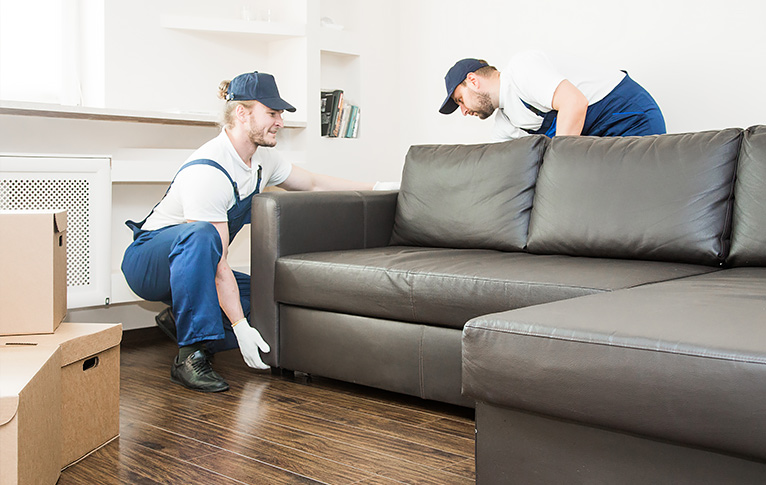
Make sure everything goes smoothly and safely:
- Open all internal doors before the team arrive so they don’t need to touch door handles.
- Try to clean your belongings with your usual domestic cleaning products before they’re handled by others.
- If at all possible, let the removal men in and then leave them to empty the property.
- Wash your hands regularly, touch as little as possible and stay at least 2 metres apart from people who aren’t members of your household.
- Don’t provide refreshments to the removers (although it might not feel great!) and make sure they have access to hand washing facilities.
Moving home should be exciting! With a little attention to hygiene and social distancing, you’ll be in your new home in no time.
Read the full government guidance.
Save thousands of pounds on the cost of buying a new house!
Recently, governments across the UK announced that they are cutting stamp duty for people buying residential properties, until 30th September 2021 (England and Northern Ireland), 30th June 2021 (Wales) and 31st March 2021 (Scotland). So, if you’re looking to move up the property ladder or downsize your home within the next few months, you could cut thousands of pounds off the cost.
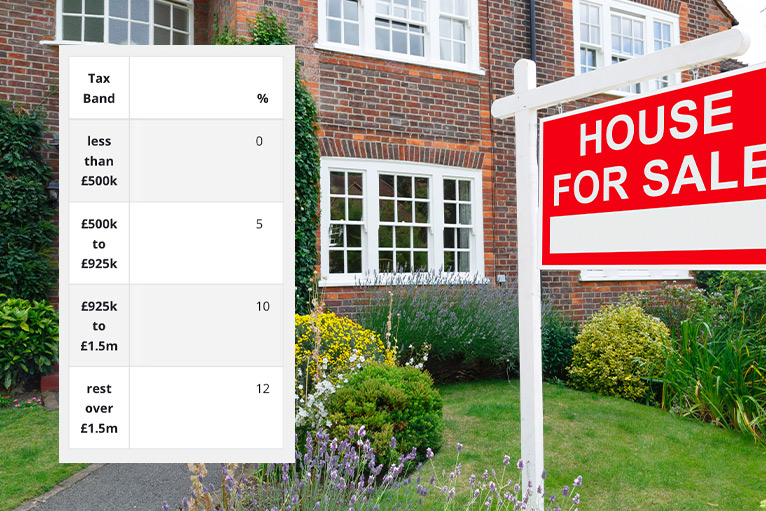
What’s the difference from the old stamp duty rules?
Before 8th July 2020, buyers in England and Northern Ireland (NI) didn’t have to pay any Stamp Duty Land Tax (SDLT) on the first £125,000 of a property (or £300,000 for first time buyers). For anything over that, you’d have to pay. However, the government has now put a temporary stamp duty holiday in place:
- From 8th July 2020 to 30th June 2021: The SDLT threshold for residential properties has been raised to £500,000, so you’ll only pay SDLT on the price of your property that’s above that. This applies regardless of whether you’re a first time buyer or you’ve owned property before.
- From 1st July to 30th September 2021: The SDLT threshold will be £250,000. The special threshold of £300,000 for first time buyers applies from this date, including those buying through a shared ownership scheme.
- From 1st October 2021 onwards: The standard, pre-coronavirus £125,000 threshold will be reintroduced.
In Scotland, buyers didn’t have to pay Land and Buildings Transaction Tax (LBTT), which is like SDLT, on properties worth up to £145,000 (or £175,000 for first time buyers). From 15th July 2020 until 31st March 2021, this threshold has been increased to £250,000.
Similarly, buyers in Wales didn’t have to pay any Land Transaction Tax (LTT) [similar to SDLT and LBTT] on properties under £180,000 – but the threshold has been raised to £250,000 from the 27th July 2020 to 30th June 2021.
In the Budget on 3rd March 2021, the government announced a new mortgage guarantee scheme to help homebuyers secure a low-deposit mortgage. Find out more in our blog post: How the government’s Budget affects homebuyers.
Who’s eligible for the stamp duty holiday?
All prospective buyers in England and NI are eligible for SDLT cuts, whether they’re a first-time buyer, buying a second home or purchasing a buy-to-let property.
Additional properties bought in Scotland, such as second homes, will also benefit from the cut in LBTT, however you’ll still need to pay the extra levy of 4% of the total purchase price.
The cut to LTT in Wales will not apply to the purchase of additional properties such as buy-to-let properties. Welsh Finance Minister, Rebecca Evans says the LTT cut is targeted towards helping first-time buyers or people moving up the property ladder.
How much will I save through the stamp duty holiday?
The savings vary depending on things like the area you’re buying in – however, the average person in England/NI will save around £4,500 from the SDLT cut. In London and the South East, where the most expensive properties in the country are located, experts predict that homebuyers will save up to £14,999!
8 out of 10 house buyers in Scotland and Wales will not pay any LBTT or LTT at all, with Scottish buyers saving up to £2,100 of the cost of buying a house, and Welsh buyers saving up to £2,450.
What if I’ve already bought a house?
You’re only required to pay SDLT/LBTT/LTT once you’ve completed your house purchase. So, if you exchanged on your property before the 8th July 2020 in England/NI, 15th July 2020 in Scotland or 27th July 2020 in Wales but hadn’t completed it, then you’ll be eligible for the cuts.
What if I miss the stamp duty holiday deadline?
All rates will return to pre-coronavirus levels on 30th September 2021 in England and NI, 30th June 2021 in Wales and 31st March 2021 in Scotland. If you haven’t completed your house purchase by then, then you won’t be eligible for the stamp duty holiday and will have to pay the normal rate. Find out more information about the changes on the government website for England and NI, Scotland or Wales.





What about me bying a second home to let (to help the government get out of this housing shortage crises That we have in this country) do I get this benefit too? Matthew.
Hi Matthew, if your property is in England, Northern Ireland or Scotland, then you’ll be eligible for the cut in stamp duty. However, if you’re based in Wales, then you won’t be eligible, because the Welsh government is targeting the cut towards helping first-time buyers or people moving up the property ladder.